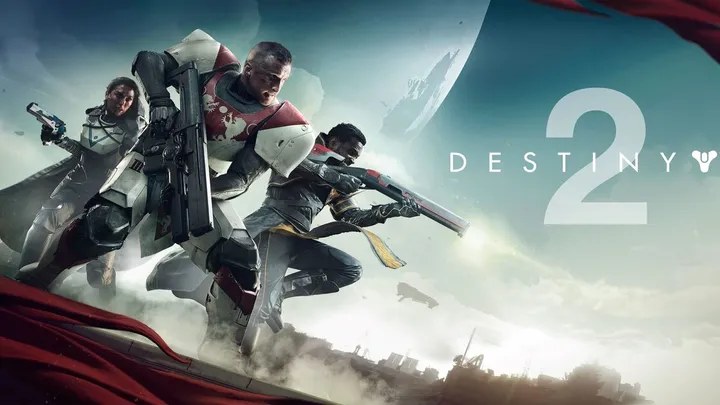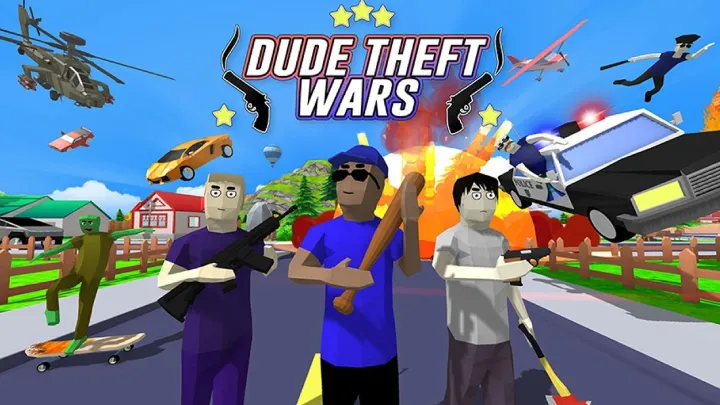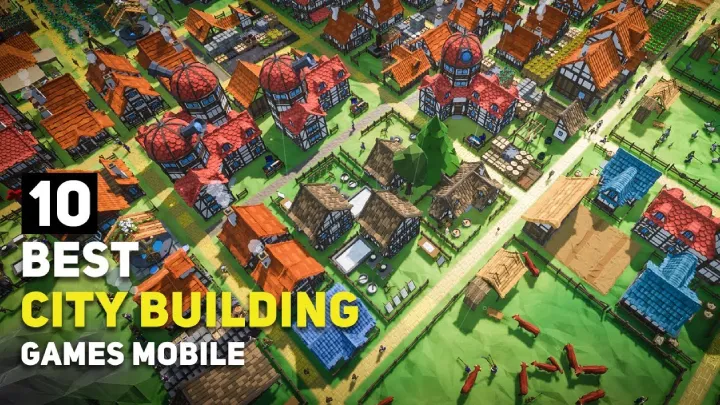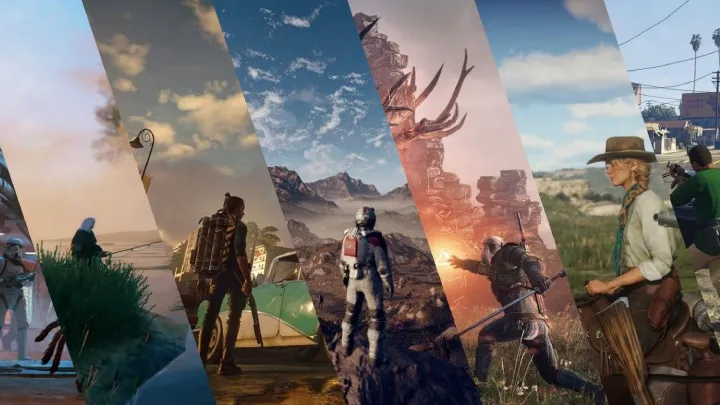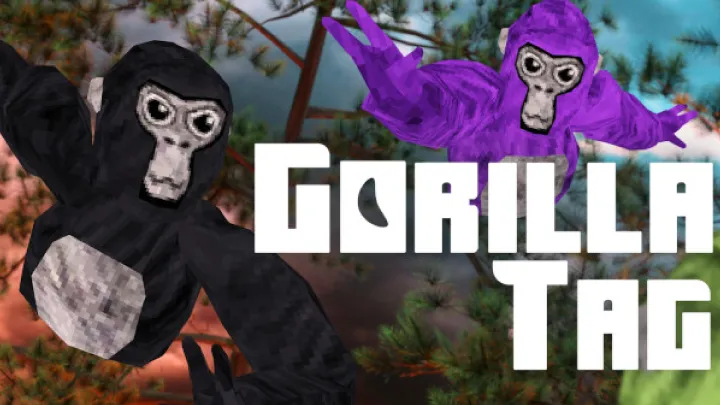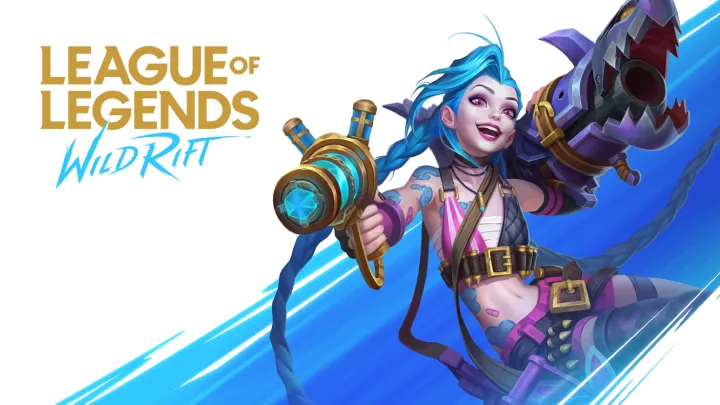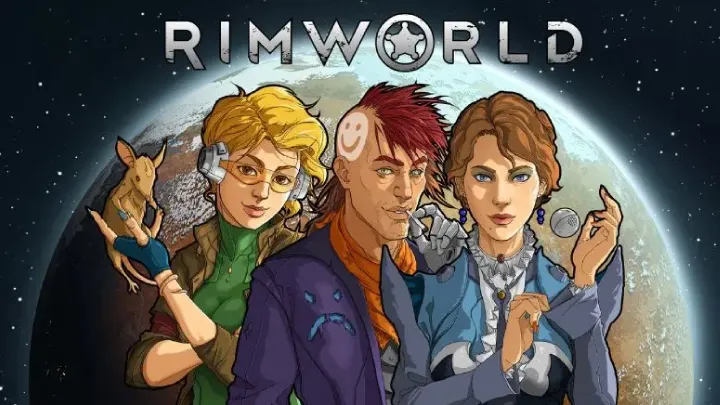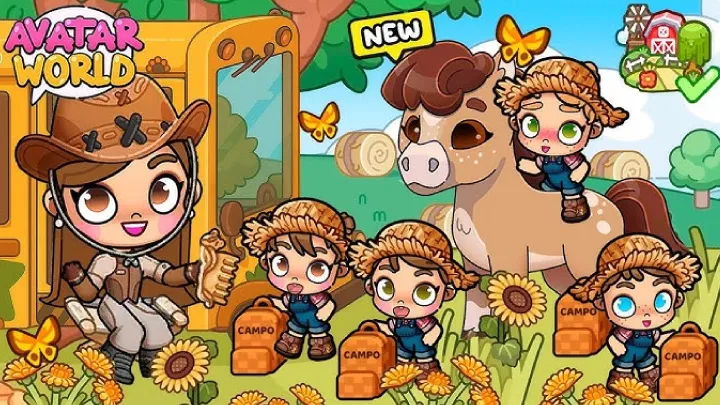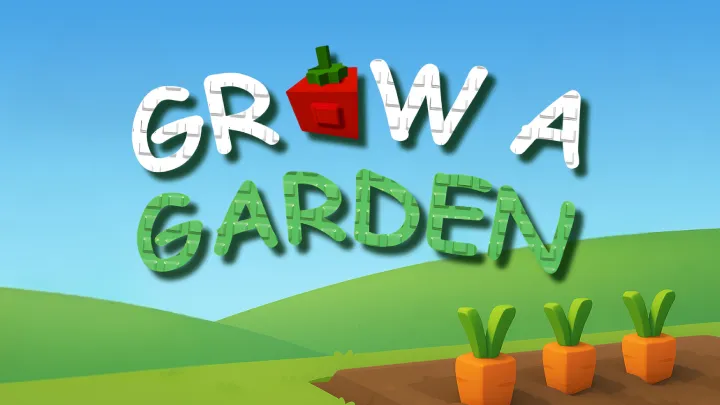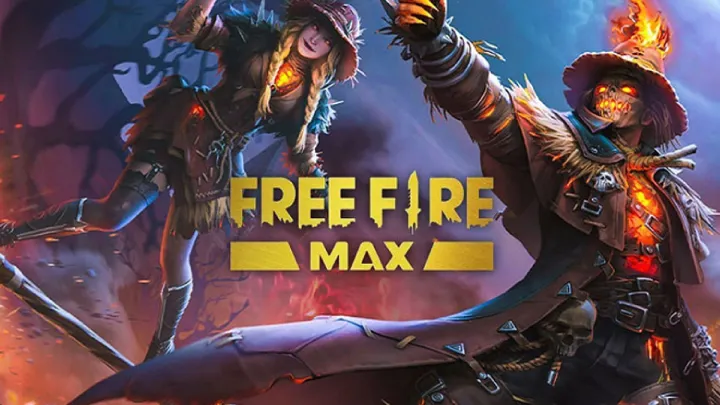Poppy Playtime has quickly become one of the most recognizable indie horror franchises of the decade, and central to its appeal is Huggy Wuggy. This towering, blue, smiling creature is not just a mascot; it embodies the unique blend of childhood innocence and nightmarish horror that defines the series. While the game features multiple iconic toys, Huggy Wuggy remains the face of the franchise. His design, lore, and psychological influence on players reveal far more than just a simple jump scare. This article explores Huggy Wuggy’s complete evolution in Poppy Playtime, unpacking his significance through multiple lenses: artistic design, storytelling, mechanics, cultural interpretations, and his enduring impact on the horror genre.
Early Design Concepts and Inspirations
When Poppy Playtime was first conceptualized, developers at MOB Games needed a central monster that would capture attention immediately. Huggy Wuggy’s design combined childlike charm with uncanny terror, a juxtaposition rooted in toy aesthetics from the 1980s and 1990s.

Mixing Innocence and Horror
Huggy’s oversized eyes, cheerful red lips, and long limbs echo plush toy designs meant to appeal to children. However, by exaggerating proportions—particularly his mouth filled with sharp teeth—designers crafted a disturbing contrast. This blend makes Huggy instantly memorable while evoking the “uncanny valley” effect, where something familiar feels unsettling.
Influences from Mascot Horror
The character also draws inspiration from horror precedents such as Five Nights at Freddy’s animatronics. Yet, Huggy differentiates himself by being more organic and less robotic. His fur and cartoon-like features suggest comfort, which enhances the shock when players encounter his violent side.
Huggy Wuggy’s Role in Chapter 1
In the first chapter, Huggy Wuggy serves as both a symbol of Playtime Co. and the initial antagonist. His transition from a silent statue in the lobby to a predatory stalker encapsulates the horror of toys gone wrong.
The Silent Introduction
Players first see Huggy Wuggy as an oversized toy on display, seemingly harmless. This builds a false sense of security. His looming presence establishes foreshadowing without immediate danger, allowing players’ imaginations to build tension.
The Chase Sequence
When Huggy finally comes alive, the iconic chase through Playtime Co.’s factory halls demonstrates his gameplay role. He is not just an enemy; he is a test of reflexes, spatial awareness, and emotional control. The claustrophobic vents amplify his elongated form, making the player feel hunted and helpless.
Narrative Symbolism of Huggy Wuggy
Huggy is more than a monster; he is a narrative device that reflects deeper themes within Poppy Playtime’s story.
Representation of Corporate Corruption
Playtime Co. created Huggy Wuggy as a friendly mascot. Yet his transformation into a monster illustrates how corporate greed and unethical experiments twist childhood icons into nightmares. He is a victim as much as a villain.
Childlike Trust Turned Betrayal
Children trust toys as companions. By turning Huggy into a predator, the game weaponizes this trust. The betrayal resonates with players on an emotional level, making him unforgettable.
Psychological Impact on Players
Huggy Wuggy’s design is carefully engineered to provoke fear while playing on nostalgia.
Fear Through Familiarity
Unlike alien monsters, Huggy feels familiar, almost comforting. This makes his attacks more disturbing because players subconsciously associate him with toys they once loved.
The Uncanny Smile
Psychologists studying fear often highlight how human-like features that are slightly “off” can disturb the brain. Huggy’s eternal smile, wide and sharp, fits perfectly into this category, making him unsettling without needing constant gore.
Huggy Wuggy in Gameplay Mechanics
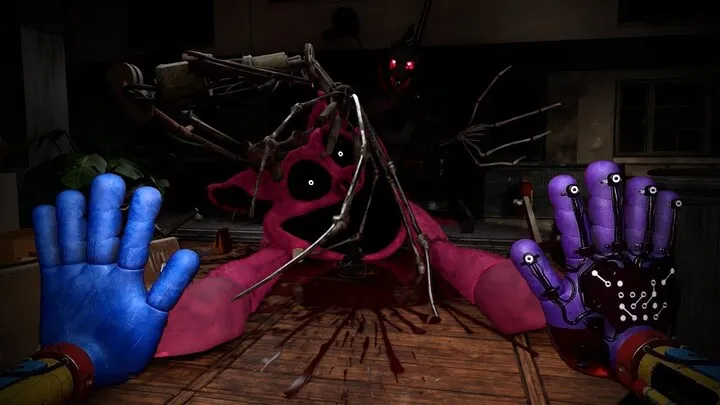
From a gameplay perspective, Huggy introduces mechanics that define the horror experience in Poppy Playtime.
Predator and Prey Dynamic
The chase forces players to think strategically about movement. Huggy is fast, relentless, and taller than most corridors, making evasion feel like survival.
Teaching Fear Through Play
Huggy also introduces the player to how the GrabPack tool can be used under pressure. His chase is less about combat and more about problem-solving in fear-inducing environments.
Evolution Across Chapters
Though Huggy’s main appearance is in Chapter 1, his presence echoes throughout later chapters.
Chapter 2: Legacy of Fear
Even though players face new antagonists like Mommy Long Legs, Huggy’s shadow lingers. Posters, toys, and mentions remind players of their first terrifying encounter, keeping his influence alive.
Speculations for Future Chapters
Fan theories suggest Huggy could return in new forms or flashbacks. His fall at the end of Chapter 1 left ambiguity—did he survive, or is his influence symbolic moving forward?
Fan Culture and Huggy Wuggy
Huggy Wuggy’s popularity has extended far beyond the game, shaping memes, videos, and fan art.
Viral Recognition
On platforms like YouTube and TikTok, Huggy became a viral sensation, with millions of players sharing reactions. His design is both frightening and oddly meme-worthy, cementing him as an internet icon.
Merchandise and Controversies
The character’s popularity also led to merchandise, though controversy emerged when children encountered Huggy outside the game context, sparking debates on age-appropriate content.
Huggy Wuggy as a Horror Mascot
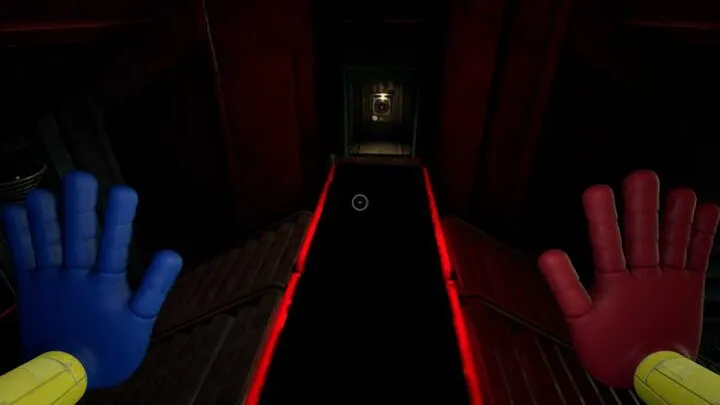
Within the larger genre, Huggy has achieved what few indie horror antagonists manage: mainstream recognition.
Comparisons to Horror Icons
Like Freddy Fazbear or Slenderman, Huggy represents a new generation of horror mascots. His balance of childlike familiarity and raw terror gives him lasting cultural weight.
Defining the Franchise Identity
Even as Poppy Playtime introduces new characters, Huggy remains the face of the series. His design communicates the essence of the game: playfulness corrupted by horror.
Lessons in Horror Design
Huggy Wuggy teaches important lessons for game design, particularly in how to create lasting fear.
The Power of Simplicity
Huggy is not overcomplicated. His design is simple yet effective, proving that horror does not need excessive detail to be terrifying.
Emotional Manipulation
By turning joy into terror, Huggy demonstrates how emotional contrast can elevate horror experiences. This makes him a case study in effective psychological horror.
Conclusion
Huggy Wuggy’s evolution in Poppy Playtime demonstrates the careful balance of design, storytelling, and psychology that makes horror effective. From his early role as a silent mascot to his chase sequence and lasting cultural influence, Huggy embodies the soul of the franchise. He is both a monster and a metaphor—representing lost innocence, corporate corruption, and the fine line between comfort and fear. As Poppy Playtime continues to expand, Huggy Wuggy will remain its most iconic figure, shaping not only the game’s legacy but also the broader landscape of horror gaming.





